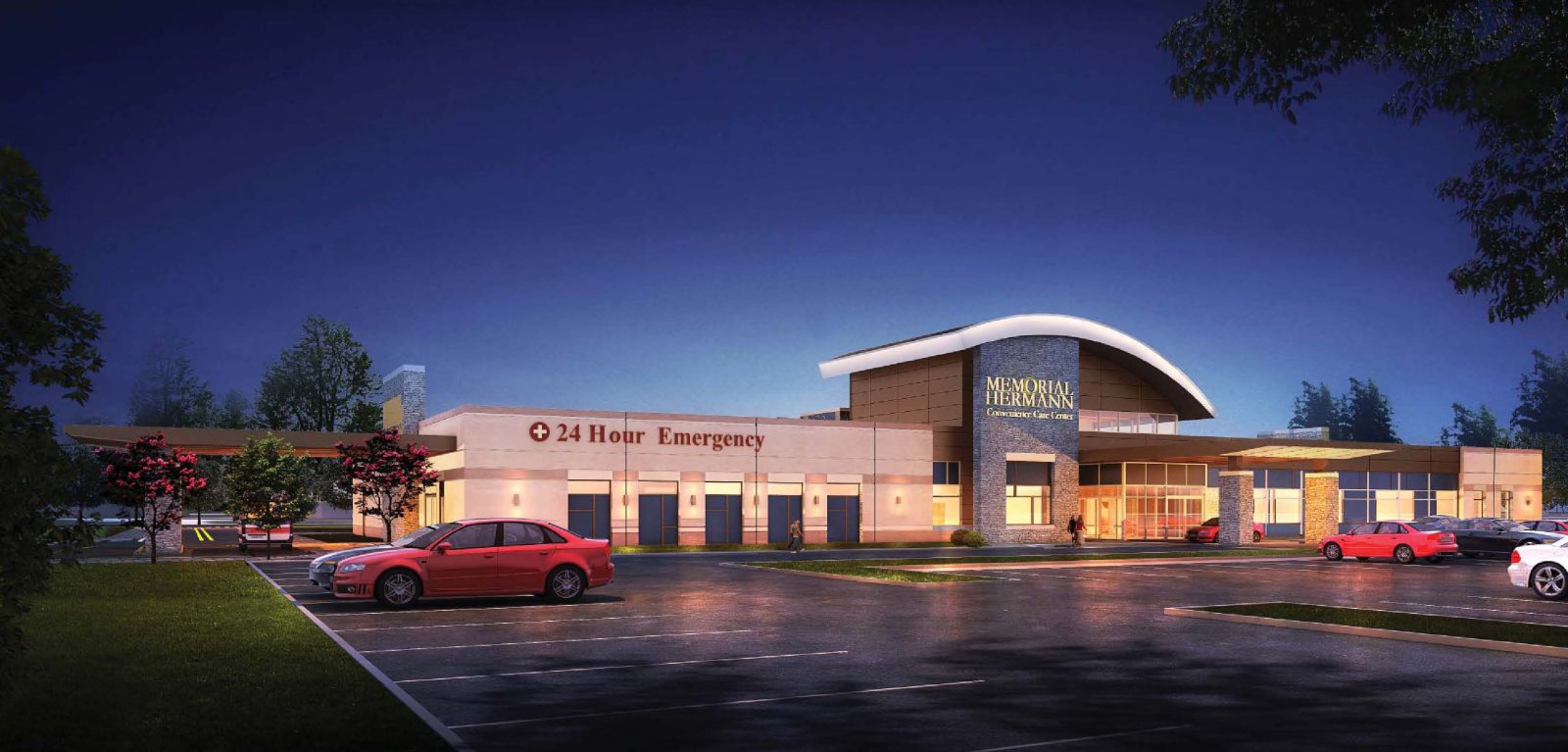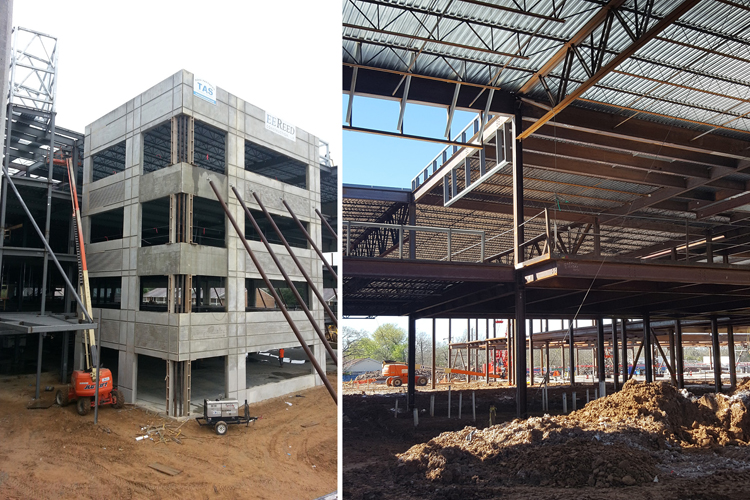METHODOLOGY
- Approaching each project individually, as a UNIQUE new project.
- Recognizing that the budget is set by the client/owner.
- Providing principal and senior management involvement from the beginning.
- Maintaining constant awareness of the budget and schedule to ensure we stay on track with client expectations.
- Coordinating and collaborating closely with clients/owners, architects, engineers, CMAR, and other consultants hired by the client/owner.
- Maintaining a thorough and effective QA/QC Program by enlisting a QA/QC Manager to oversee structural details for constructability and accuracy.
- Implementing 3D BIM technology to generate and manage digital representations of buildings.
- Advising on site constraints, construction feasibility, buildability of design, selection of materials/equipment/component systems, availability of labor and materials, and procurement time requirements to assist the owner in choosing the most cost efficient and buildable structural system for each project.
- Exploring and pricing different structural options and multiple framing systems/foundation options early in the design process and discussing cost versus risk for each.
- Addressing sustainability and LEED certification initiatives up front.
- Investing in continual education of engineers and designers.

- Initial senior management project review attended by Principal-in-Charge, Project Managers, and QA/QC Manager.
- Old fashioned QA/QC performed by QA/QC Manager.
- Implementation of 3D BIM technology.
Our Quality Assurance/Quality Control Program grows with each project and implementation of ALL three QA/QC Program components are integral to the success of each Dally + Associates project.
The three components of our QA/QC Program are Initial Project Review, Old Fashioned QA/QC, and BIM Clash Analysis:
- Big picture overall review of projects.
- Discuss major structural items.
- Explore different structural systems & foundation systems.
- Identify needs for expansion joints.
- Review lessons learned from previous projects.
- Performed at 30% CD, 60% CD, and 90% CD.
- Review structural design in general.
- Review structural efficiency.
- Coordinate structural elements with different disciplines such as Architectural, MEP & Civil.
- Confirm that appropriate building codes are used for specific building locations.
- Ensure all structural details are coordinated.
- Ensure constructability.
- In-depth detailed QA/QC.
- Works with QA/QC program to detect design conflicts early.
- Perform clash detection between structural, architectural, and mechanical models.
- Look for conflicts between structural members, mechanical ducts and architectural elements such as brick and curtain walls.
- Check all floor penetrations are coordinated with architectural and mechanical drawings such as stairs, elevators, and mechanical chases.
- Confirm there are no conflicts between wind bracing and doors/windows.

We efficiently manage information through meticulous preparation of project records/reports and consistent attention and monitoring through our QA/QC Program. When we receive a project it is assigned a project number and a project team (PM, engineer, and designer). The PM takes the project number and creates a project folder to house project related drawings, design calculations, RFI logs, submittal logs, site visit reports, action items logs, shop drawings, and project reports. These records are all saved on our server, backed up daily, and archived after the project is complete. Our process for efficient document coordination is further detailed below.
- We maintain an organized numbering and tracking system for all project records and provide an in-house Project Coordinator that keeps documents up-to-date for all Dally + Associates project teams.
- Our project documents must be PERFECT and catalogued in an organized manner.
- We insist on recording very detailed, organized, and accurate meeting minutes.
- We maintain/update daily / weekly project schedules, task logs, RFI logs, and submittal logs.
- Our task logs clearly identify project team responsibilities and are closely managed.
- We hold weekly in-house manpower meetings to ensure that our work schedules and manpower align with project schedules.
- We distribute meeting minutes, updated RFI logs, submittal logs, and project schedules to the project team, sub-contractors, owner/client, architects, and construction contractors in an organized and timely manner.
Technology & BIM
Although our typical work day attire consists of coats and ties, work boots and hard hats are always on hand for site visits at a moment’s notice to resolve critical construction inquiries. Our team is available to respond quickly in an emergency situation and our technical competence is unparalleled.
We take pride in our responsiveness and availability for our clients. We are flexible and not afraid to explore ideas out of the box. Our core traits are collaboration, design excellence, and availability.


